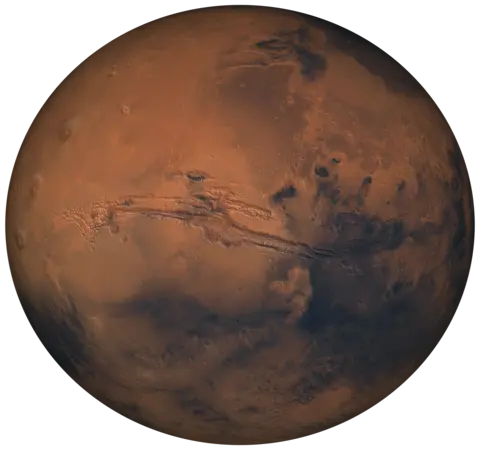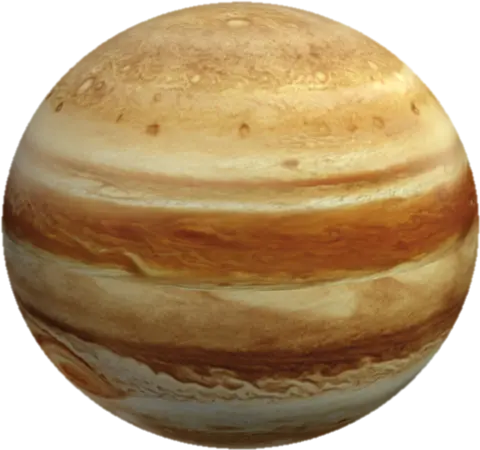Planets
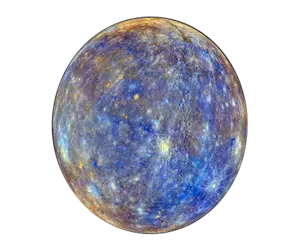
Mercury
Mercury
The fastest around the sun, so fast
you can celebrate your birthday 3 times in a year
Weather: 400 oC
More info
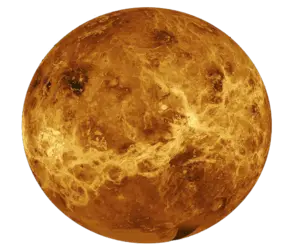
Venus
Venus
Our Solar System oven
Perfect to get a tan or bake a cake
Weather: 580 oC
More info
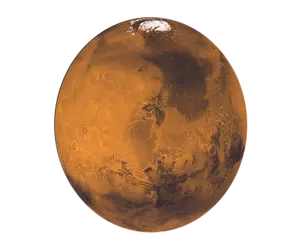
Mars
Mars
Currently most popular, the Red Planet
A dusty, cold, desert world with very thin atmosphere.
Weather: -60 oC
More info
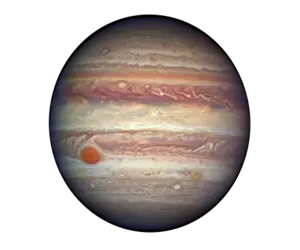
Jupiter
Jupiter
Apart from the sun, the biggest, a gas giant
Storms as big as a planet, perfect for flying kites
Weather: -170 oC
More info
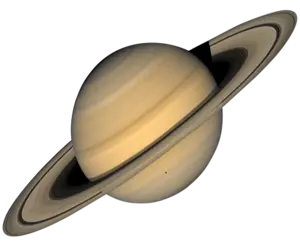
Saturn
Saturn
Most dazzling, with giant beautiful icy rings.
Great iconic place to pop the question
Weather: -220 oC
More info
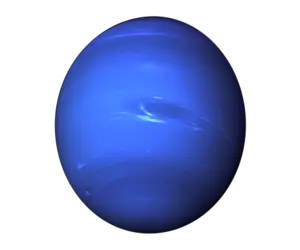
Neptune
Neptune
The cold, most distant major planet mostly of
water, methane and ammonia. Let's go swimming!
Weather: -250 oC
More info


